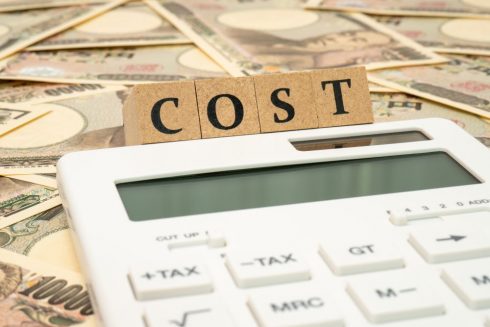What are the tariffs imposed on exports from Japan to the U.S.?

Hello, my name is Eugene. My name is Eugene, and I am a consultant.
The world is now witnessing an increase in cross-border trade of goods and services along with the progress of globalization. In particular, the volume of transactions between Japan and the U.S. is increasing. However, one of the major obstacles to international trade is tariffs and taxes.
These tax systems impose certain fees on goods to be imported or exported, which, if not understood, can result in unexpected costs when importing or exporting goods. In this article, we will explain in detail the tariffs and taxes on exports from Japan to the United States.
What are tariffs?
A tariff is a type of tax imposed on imported and exported goods and generally serves as part of a country's trade policy. Tariffs are imposed when goods cross national borders and serve a variety of purposes. One is to protect domestic industry from foreign competition, and the other is to provide a source of revenue for the government.
Tariffs in the U.S.
The World Customs Organization (WCO) has created an internationally standardized system for classifying goods and calculating tariffs. HS codes consist of six digits, with the first four digits indicating a commodity group and the last two digits indicating a subgroup of that commodity.
The U.S., on the other hand, uses the Harmonized Tariff Schedule (HTS), a more detailed commodity classification system than the HS system, which is based on the basic structure of the HS code but includes additional unique digits to classify goods more specifically. For example, HTSUS provides more detailed commodity information with up to 10-digit codes.
Tariff rates on exports to the U.S. Vary widely depending on the type of goods being traded and the country of export. For example, the tariff rate on t-shirts exported from Japan is lower than that on T-shirts exported from Russia. And some agricultural products (such as melons) exported from Japan have lower tariff rates than T-shirts exported from Japan.
This is because Japan is determined as a Column 1 country in the U.S. HTS and Russia is determined as a Column 2 country. In addition, the reason for the low tariff rates on some agricultural products (melons, etc.) is due to the Japan Trade Agreement (JTA) concluded between Japan and the United States.
Column 2 countries and what is the preferential tariff rate under trade agreements.
The tariff rates for goods from most countries are listed in Column 1 of the HTS. Countries to which these tariff rates apply are considered to have "normal trade relations" (NTR) with the United States. Japan also falls under this Column 1 country.
Countries not included in the scope of the NTR are usually referred to as "Column 2" countries, and tariff rates on products from these countries are listed in Column 2 of the HTS. The tariff rates are usually higher than those in Column 1. Currently, countries with Column 2 status are Cuba, North Korea, Russia, and Belarus.
Even in many countries where Column 1 tariff rates apply, preferential tariff rates may also apply due to special trade agreements. In the case of Japan, JTA is concluded. The above-mentioned melon can also be cleared at preferential tariff rates under the JTA.
Summary
Tariffs on exports from Japan to the U.S. are a significant factor in the cost and success of a transaction. Therefore, it is important to understand, pre-calculate, and properly address these factors to ensure a proper export process.
Finally, tariffs and taxes in international trade are complex and can vary. In addition to tariffs, in some cases, Inland Consumption Tax (Excise Tax), Commercial Freight Customs Fees (MPF), Harbor Maintenance Fees (HMF), and other taxes may be imposed. Therefore, it is recommended that you consult with a specialist before entering into a specific transaction. eLifeAt e-commerce, we have extensive experience in cross-border production and operations and are affiliated with a firm of tax accountants.
Achieve results with "minimum investment and effort.
Cross-border e-commerceOne-stop shop for services



